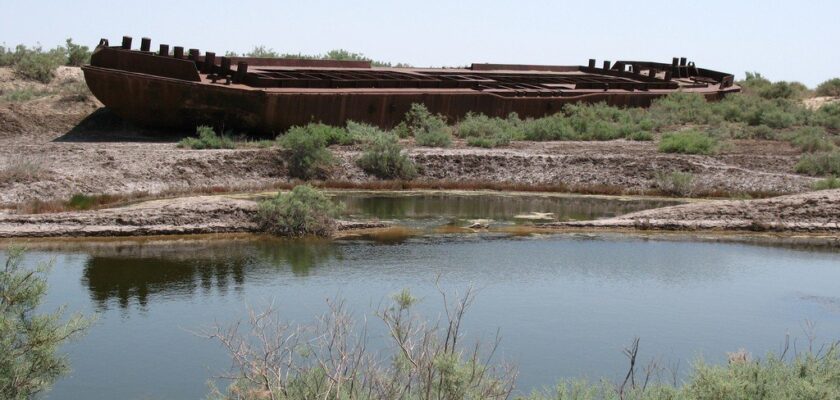Aral Sea
This attraction is related to the countries:KazakhstanUzbekistanAral Sea is a drainless salt lake-sea in Central Asia, on the border of Kazakhstan and Uzbekistan. Until the mid-20th century it was the fourth largest lake in the world, occupying about 68 thousand km²; its length was 426 km, width – 284 km, the greatest depth – 68 m; but since the 1960s it began to shoal at an accelerating rate due to water withdrawal from the main feeding rivers Amu Darya and Syr Darya for irrigation purposes.
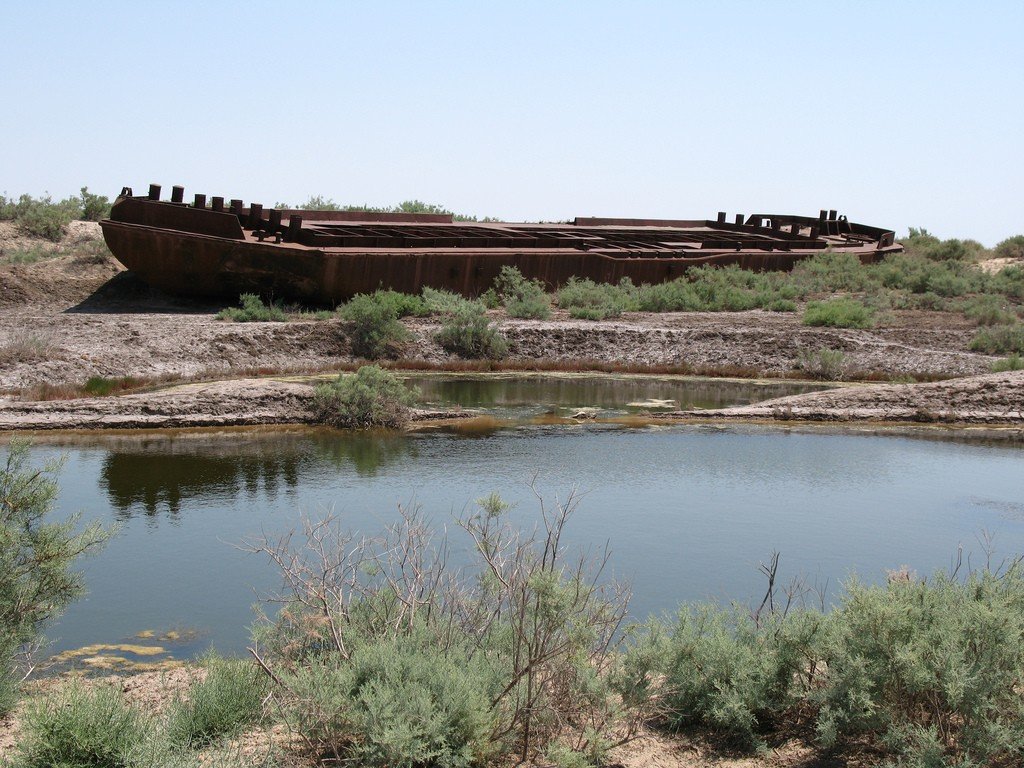
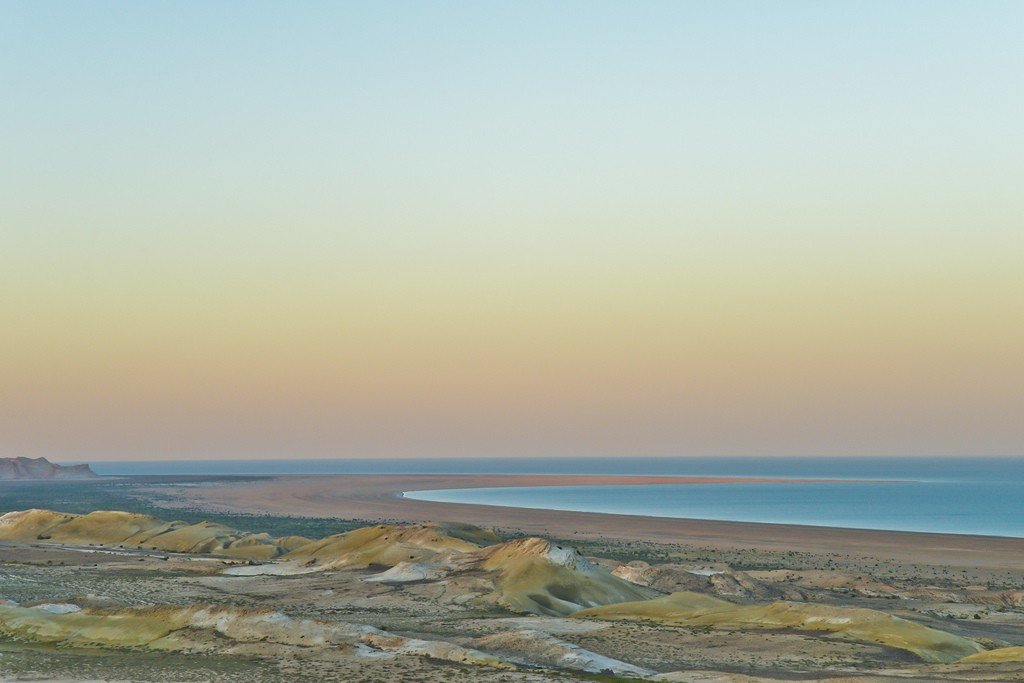
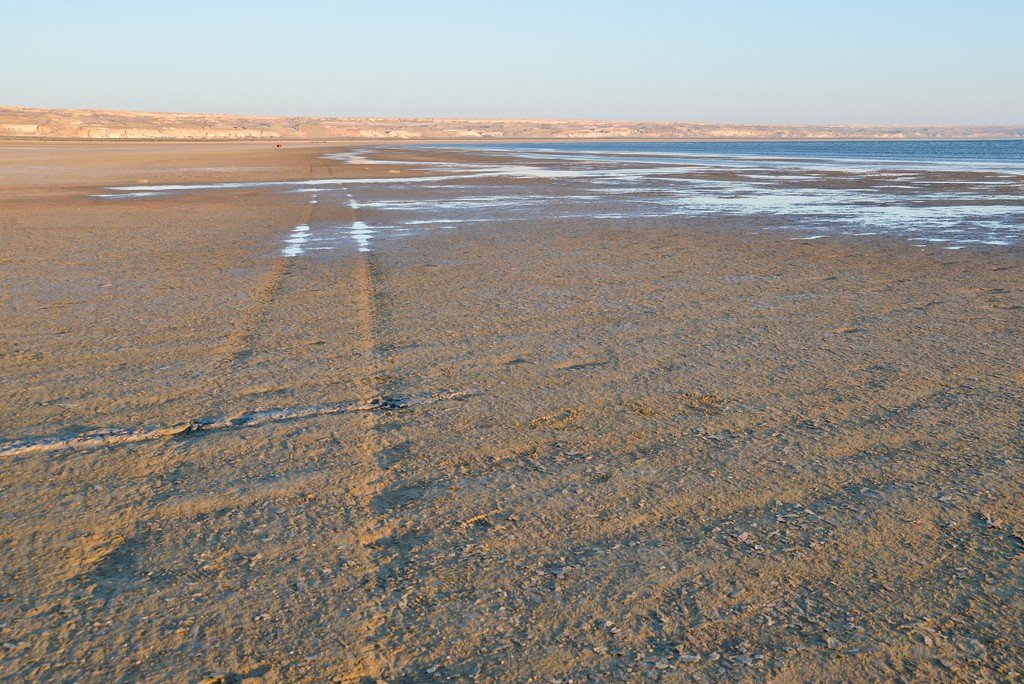
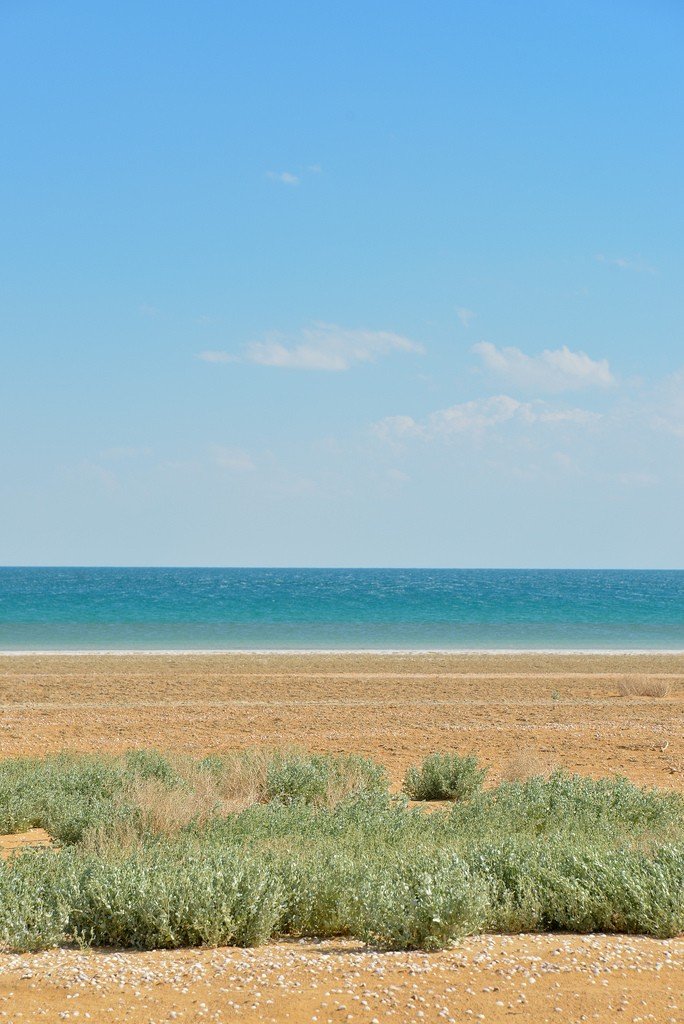
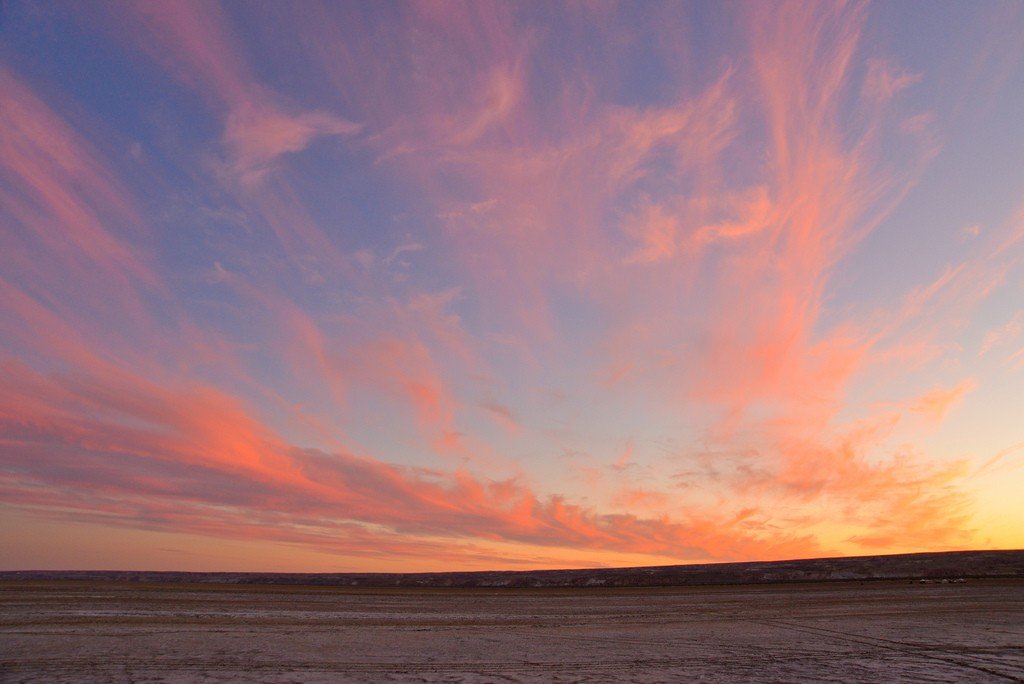
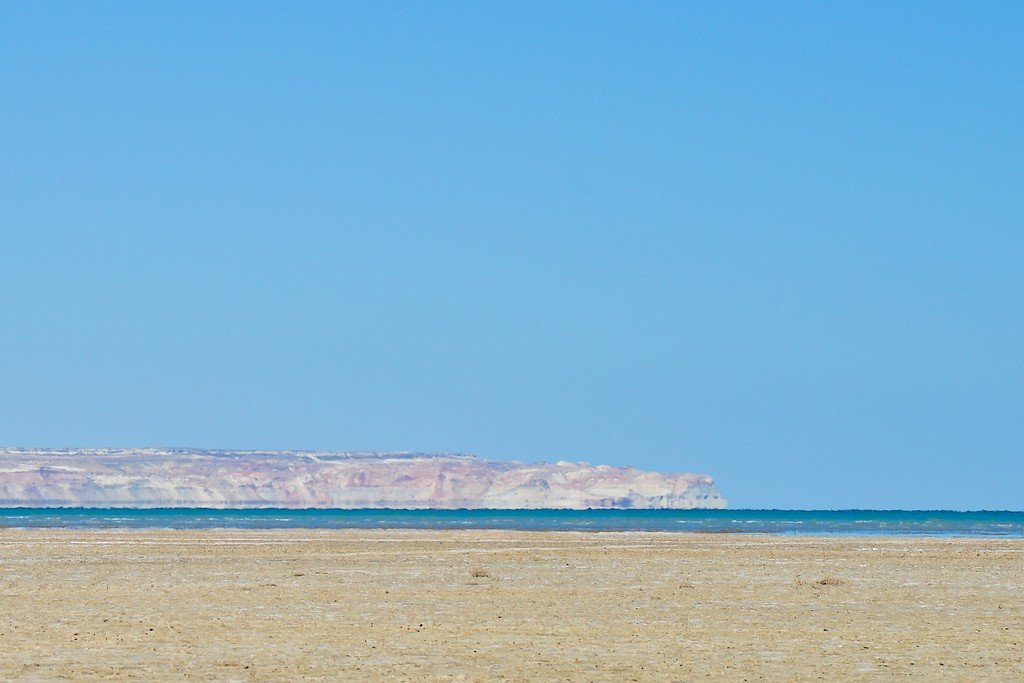
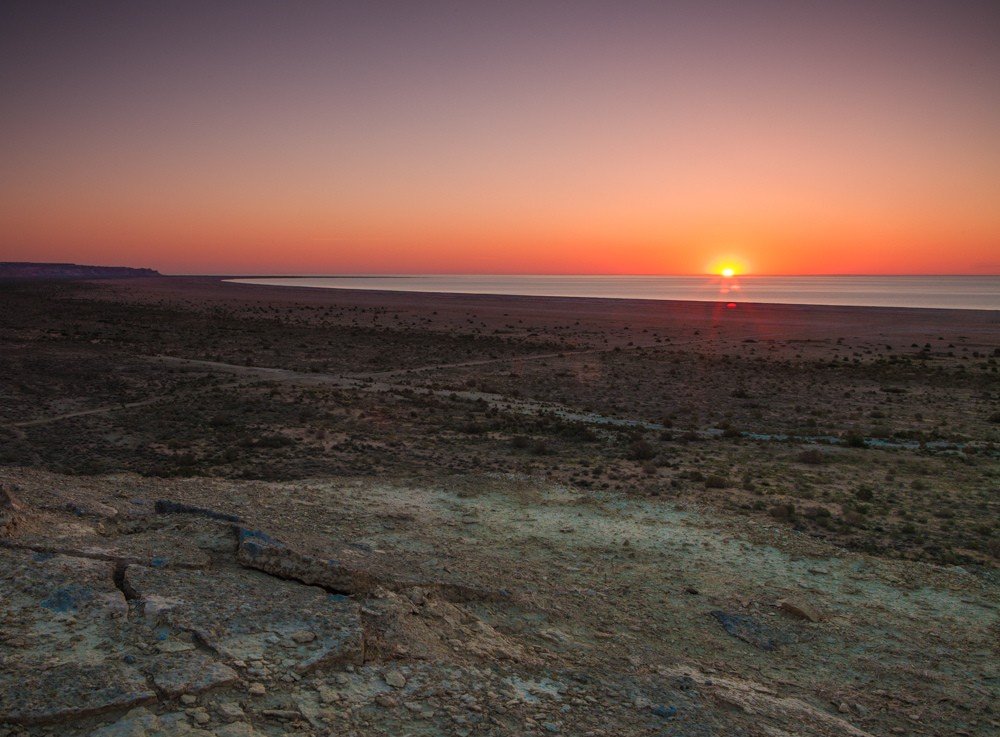
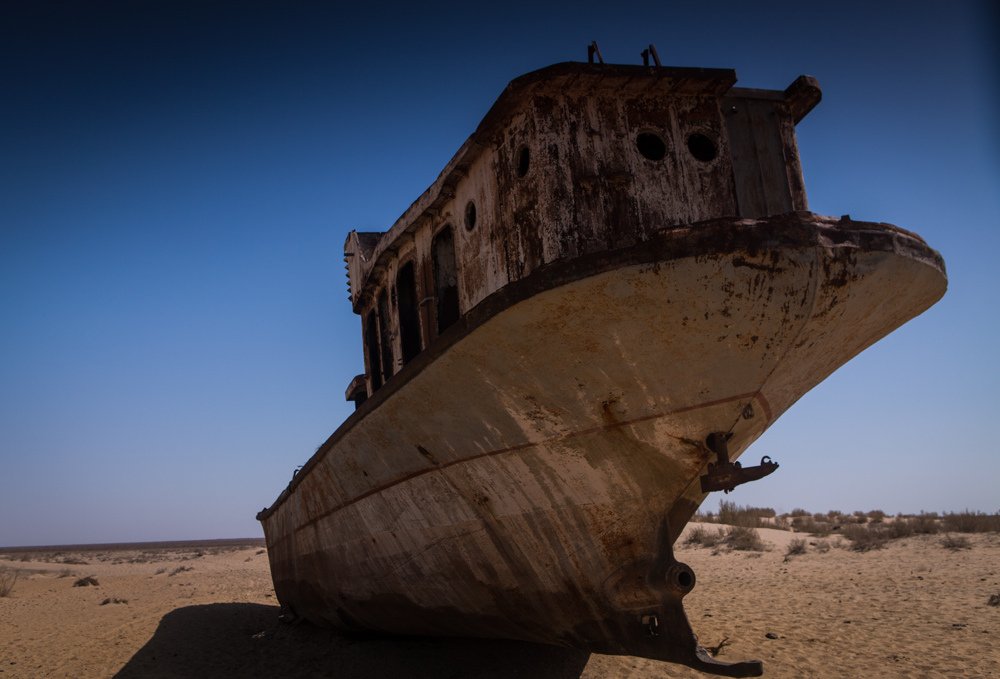
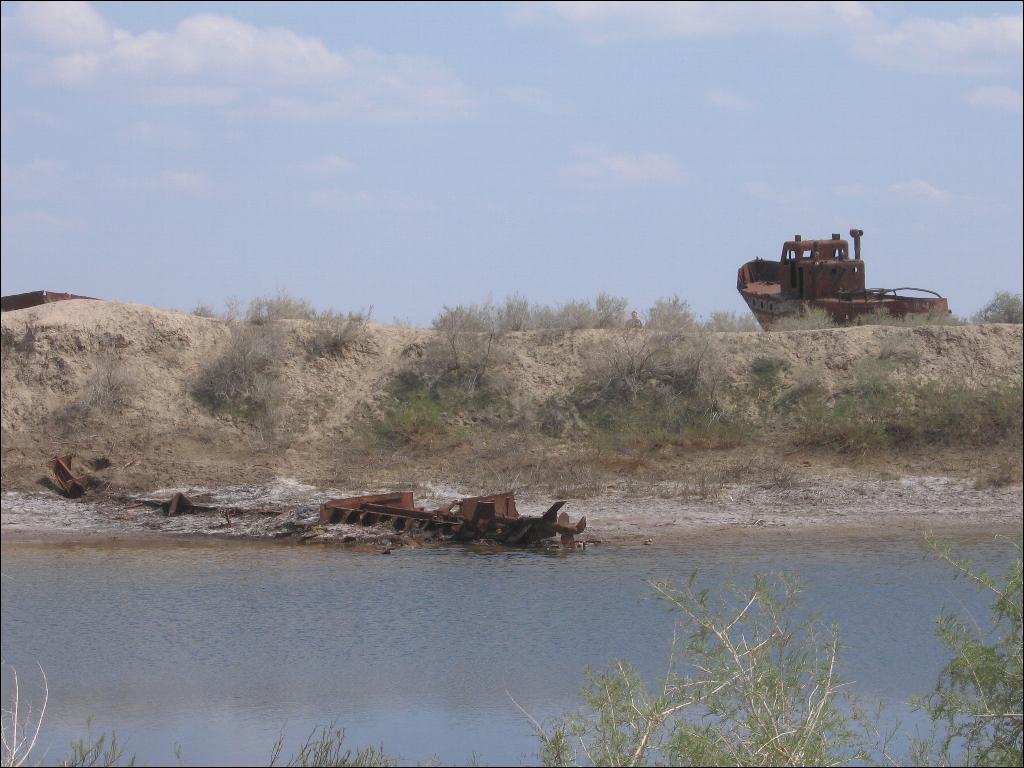
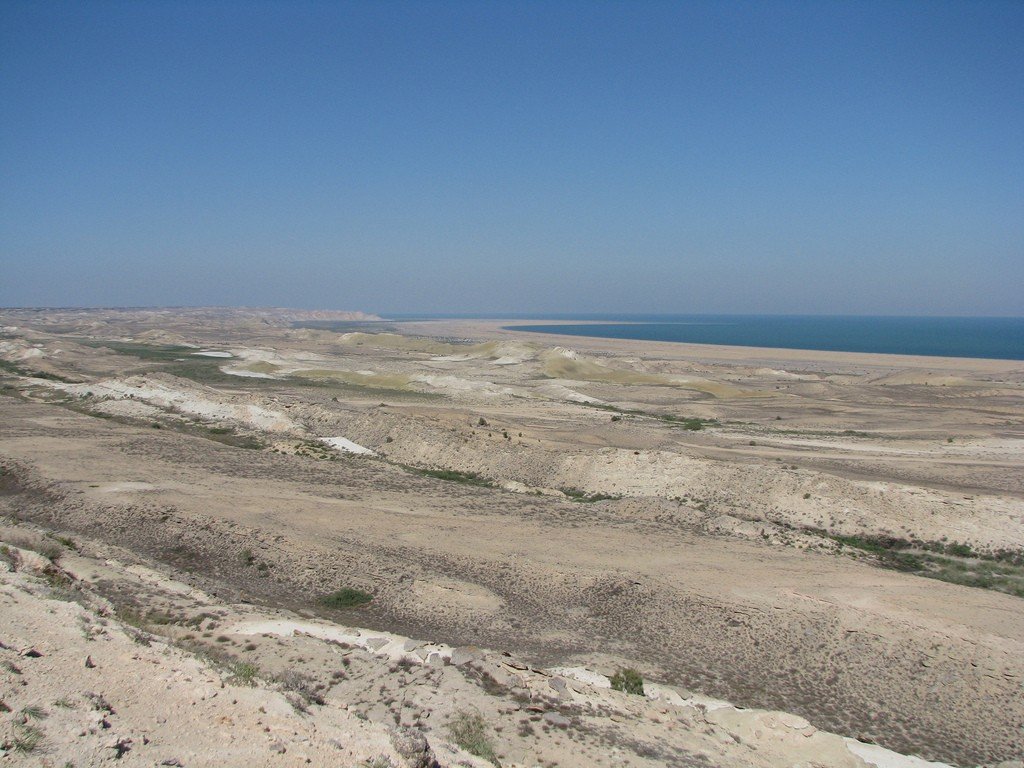
General information
In 1989, the lake split into two isolated bodies of water – the Northern (Small) and Southern (Large) Aral Sea. As of 2003, the surface area of the Aral Sea is about a quarter of the original and the water volume is about 10%. In 2014, the eastern part of the Southern (Large) Aral Sea dried up completely, reaching a historic low of 7297 km² of the entire sea that year. Having temporarily overflowed in the spring of 2015 (to 10780 km² of the entire sea), by the fall of 2015 its water surface had again decreased to 8303 km².
.
In the historical era, there have been significant fluctuations in the level of the Aral Sea. Thus, the remains of trees that grew in this place were found on the receded bottom. Nevertheless, since the beginning of systematic observations in the 19th century, the level of the Aral Sea has remained practically unchanged. In the 1930s, large-scale construction of irrigation canals began, which was particularly intensified in the early 1960s. From 1960 to 1990, the area of irrigated land in Central Asia increased from 4.5 million to 7 million hectares. Water demands in the national economy increased from 60 to 120 km³ per year, of which 90% is for irrigation. Since 1961, sea level has been falling at an increasing rate from 20 to 80-90 cm/year.
.
The climate in the Aral Sea region (above the former water area and within a radius of 50-100 km from it) became more continental and arid, winters became colder (by 1-3 degrees). A sand-salt desert was formed in place of the retreated sea bed; in case of strong winds (which are observed in this region for 30-50 days a year), intense dust storms develop over the dried bed, the dust plume reaches 200-300 km in length, and, depending on the wind direction, reaches such cities as Kzyl-Orda, Baikonur, Chelkar, Nukus, etc., manifesting itself in the form of whitish haze, worsening air transparency (visibility range). Since salt deposits on the dried bottom contain large amounts of chemical fertilizers and pesticides (used in agriculture and washed from fields into rivers and further into the sea), inhalation of such air can adversely affect the health of people and animals in these regions.
.As a result of shallowing, the salinity of the Aral Sea has increased dramatically, which caused the extinction of many species of flora and fauna adapted to lower salinity. The sea lost its fishery importance. The ports of Aralsk, Muynak and Kazakhdarya lost their importance and were closed. Most experts see no way to restore the entire sea level, except for the Soviet project to turn the Siberian rivers. In 2005, Kazakhstan built the Kokaral Dam, which separated the Small Sea from the Big Sea. Thanks to this, the waters of the Syr Darya accumulate in the Small Sea, the level here has increased and salinity has decreased.
.
In Karakalpakstan, improving the environmental situation for the population of the coastal areas of the Aral Sea was much engaged Charjou Abdirov – academician, Vice-President of the Academy of Sciences of the Republic of Uzbekistan. Since 1994, in addition to medical research and organization of medical activities, being a deputy of Oliy Majlis of the Republic of Uzbekistan, he headed the Committee on Environment and Nature Protection, took an active part in preparation of legislative acts on environmental issues and solving problems of the population of this region. Nevertheless, from the Uzbek side, the process of sea desiccation is most active (Amu Darya waters do not reach the sea).
.